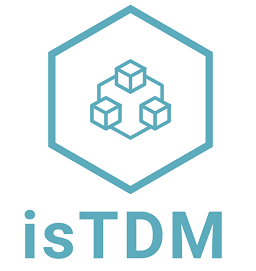Purpose:
The model supports the quantification of TD (cost to fix technical quality issues) and interest (extra cost spent on maintenance due to technical quality issues). This approach is based on an empirical assessment method of software quality developed at the Software Improvement Group (SIG).
Therefore, this empirical model provides a set of steps that can be adopted by software practicioners to quantify TD and its interest.
How this tecnology can be used?
This model considers software maintainability as measure of TD. In this sense, “to calculate technical debt, a method is needed to determine the level of quality of a software system. Additionally, an “ideal” level of quality should be determined. To this aim, SIG/TUViT’s software quality assessment method is used. This method is developed as a layered model for measuring and rating the technical quality of a software system in terms of the quality characteristics of ISO/IEC 9126.”
Detailed information about how to collect measurement data about software products and to map the metrics onto ratings for properties at the level of the entire software product can be found in the study conducted by Nugroho, Visser, and Kuipers (2012).
Besides, to quantify TD, this model considers estimating the costs of repairing the debts (Repair Efforts). Then, two factors are taken into account in estimating Repair Efforts, namely, Rework Fraction and Rebuild Value. Detailed information about how to estimate these two factors can be found in Nugroho, Visser, and Kuipers (2012).
Prerequisite for use it:
- Collected measurement data about software products;
- The Software Analysis Toolkit (SAT) and SIG Quality Model.
Supported TD type(s): Code, and Design.
Supported TDM activity (ies): Identification and Measurement.
Source/Input Artifact(s): Source Code.
Project Context, Programming Language or Domain Application: This model is independent of project context, programming language and domain application.
Evidence Type(s): Source(s): Case Study.
Reference:
